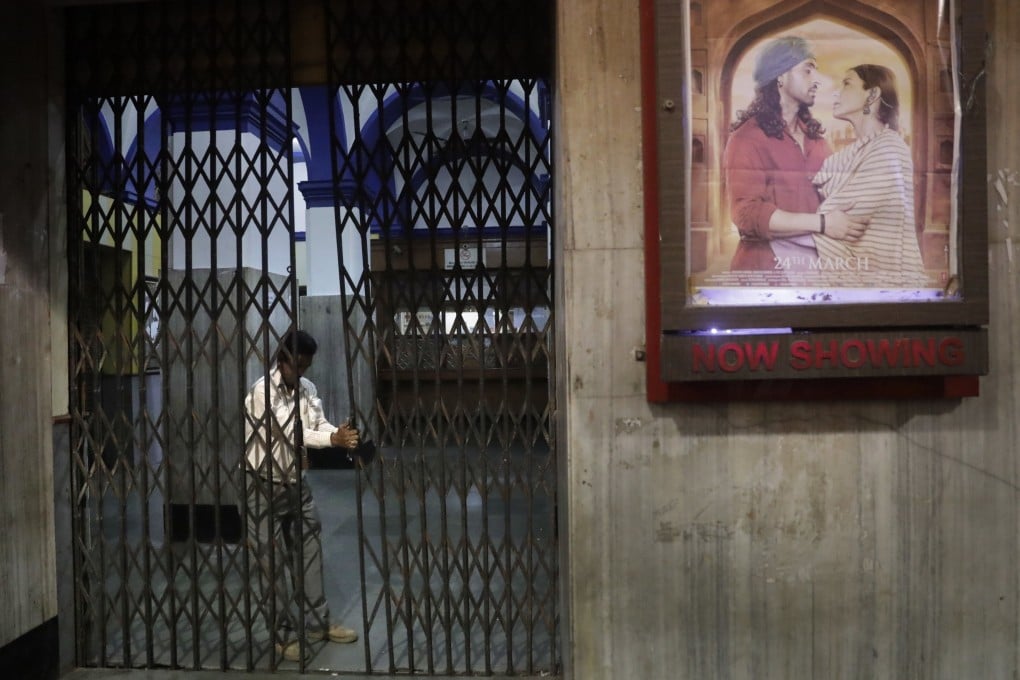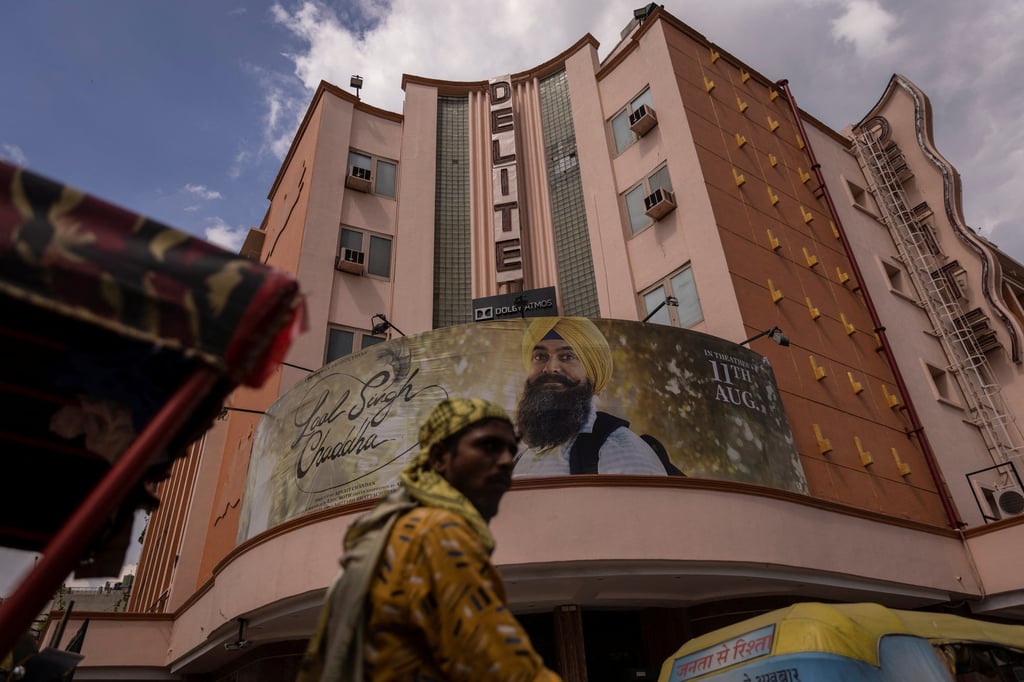Lights, camera, disruption: India’s storied cinema halls struggle under digital onslaught
- A cultural identity forged over decades hangs in the balance as India’s small cinema owners battle to survive digital disruption

“Running a cinema hall in India is no longer profitable,” Subramaniam told This Week in Asia, surveying the once-bustling lobby of his Sri Sakthi chain. His words cut to the heart of a seismic shift sweeping through the world’s largest film industry, which produces nearly 2,000 feature-length movies annually in 20 different languages. Across the country, cinema halls are closing at an alarming rate, repurposed as everything from apartment buildings to wedding venues.
The numbers tell the story: a decade ago, India boasted more than 10,000 single-screen cinemas. Today, that figure has dwindled to just over 9,000, with at least 10 per cent believed to be non-operational. Nowhere is the decline more pronounced than in southern India’s Tamil Nadu, where Subramaniam’s industry group estimates more than 1,500 theatres have closed, leaving only 1,165 screens, most which are now in modern multiplexes.
“In the early 2000s, Tamil Nadu had about 4,000 screens. Now that number has dwindled,” Subramaniam said. The latest indicator of the sector’s woes came from PVR-Inox, India’s largest multiplex chain, which recently posted a consolidated net loss of 1.79 billion rupees (US$21.4 million) – nearly double the previous year’s – battered by a string of box office duds.
Last year, the newly merged PVR-Inox behemoth – now the world’s fifth-largest multiplex chain – closed 62 underperforming cinemas. And the belt-tightening is far from over, with 70 more properties slated for closure this year, even as the company vows to offset the losses by opening 120 new screens.

The mega-merger between the one-time rivals was widely seen as a strategic move to consolidate an industry facing a perfect storm – decreased attendance and the relentless rise of streaming platforms that offer movies straight to living rooms. Now operating more than 1,700 screens, the PVR-Inox juggernaut stands as a testament to the seismic shifts under way.
